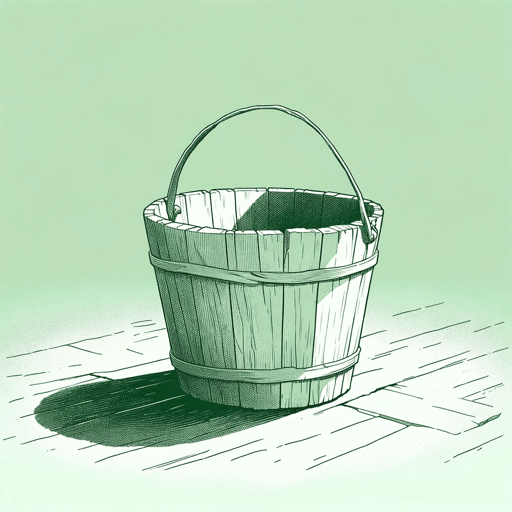51 pages • 1 hour read
Nancy IsenbergWhite Trash: The 400-Year Untold History of Class in America
Nonfiction | Book | Adult | Published in 2016A modern alternative to SparkNotes and CliffsNotes, SuperSummary offers high-quality Study Guides with detailed chapter summaries and analysis of major themes, characters, and more.
Part 1Chapter Summaries & Analyses
Part 1: “To Begin the World Anew”
Part 1, Chapter 1 Summary: “Taking Out the Trash: Waste People in the New World”
In the 1500s, the two biggest promoters of American exploration were Richard Hakluyt (known as the elder) and his younger cousin of the same name. Neither ever went to the Americas. They depicted America as “empty” because its land had not been put to commercial use and was not owned (18). As a result, planters and husbandmen interested in making profits were needed there. At that time, the English associated undeveloped land with waste and, therefore, unrealized wealth. Idle people were also considered waste. The Hakluyts wanted to send the waste people, or “paupers, vagabonds, convicts, debtors, and lusty young men” (20) to work the land in the Americas. Isenberg argues that they envisioned America as “one giant workhouse” (21), with those who were considered waste people of England becoming economically useful.
England had a long history of treating poor people with contempt, referring to them as insects and monsters (22). The Hakluyts and others considered the Americas a solution to the problem of poverty. The poor—their refuse—could be sent there and could be driven by colonial masters using military-style discipline. Indeed, Jamestown, founded in 1607, exemplifies this approach. Despite widespread hunger, laws that established the death penalty for stealing food were put in place.
Featured Collections
Books on Justice & Injustice
View Collection
Books on U.S. History
View Collection
Class
View Collection
Class
View Collection
Community
View Collection
Contemporary Books on Social Justice
View Collection
Nation & Nationalism
View Collection
Sociology
View Collection
The Best of "Best Book" Lists
View Collection

